Data Vis Dispatch, February 18: German election polls, corruption, and tariffs
February 18th, 2025
9 min
This article is brought to you by Datawrapper, a data visualization tool for creating charts, maps, and tables. Learn more.
The best of last week’s big and small data visualizations
Welcome back to the 166th edition of the Data Vis Dispatch! Every week, we publish a collection of the best small and large data visualizations we find, especially from news organizations — to celebrate data journalism, data visualization, simple charts, elaborate maps, and their creators.
Recurring topics this week include tides, trash, and Twitter.
This week, global tides and greenhouse gas emissions took shape on maps with special projections.
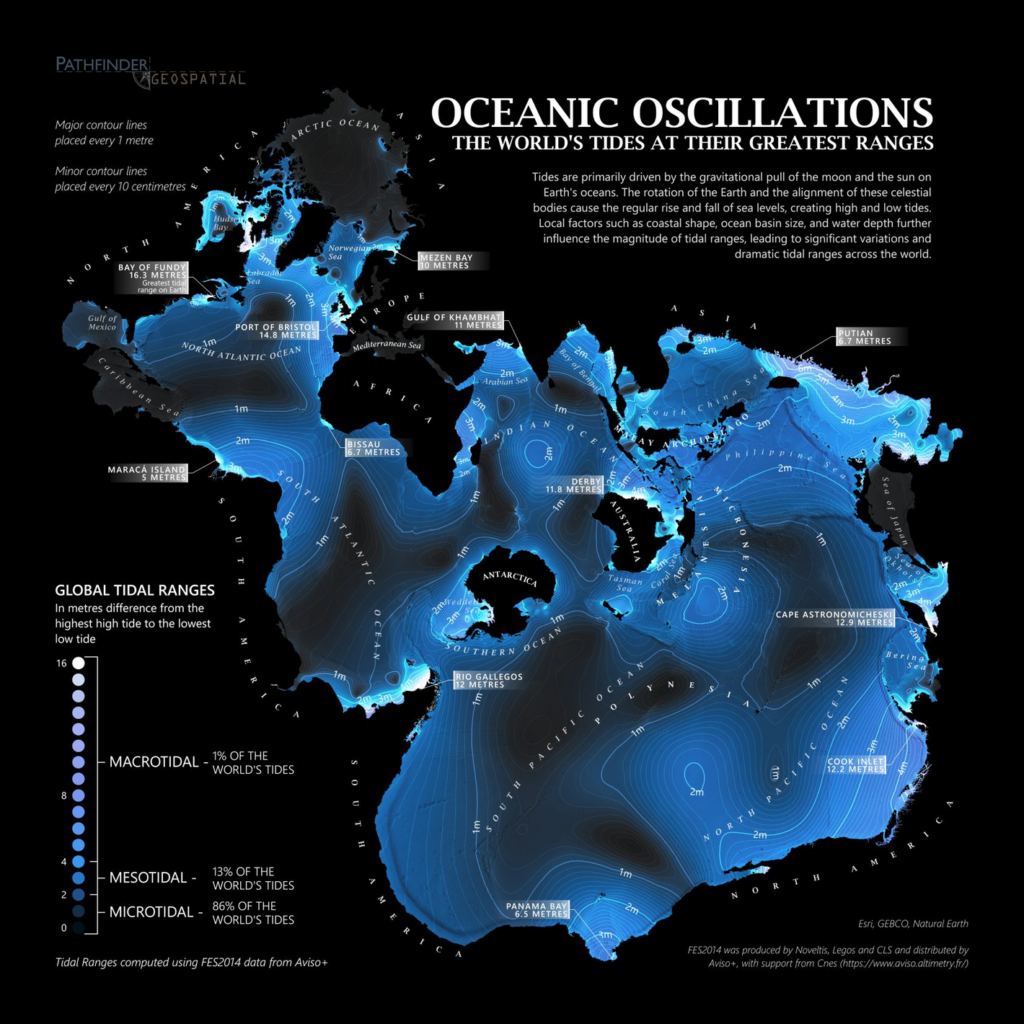
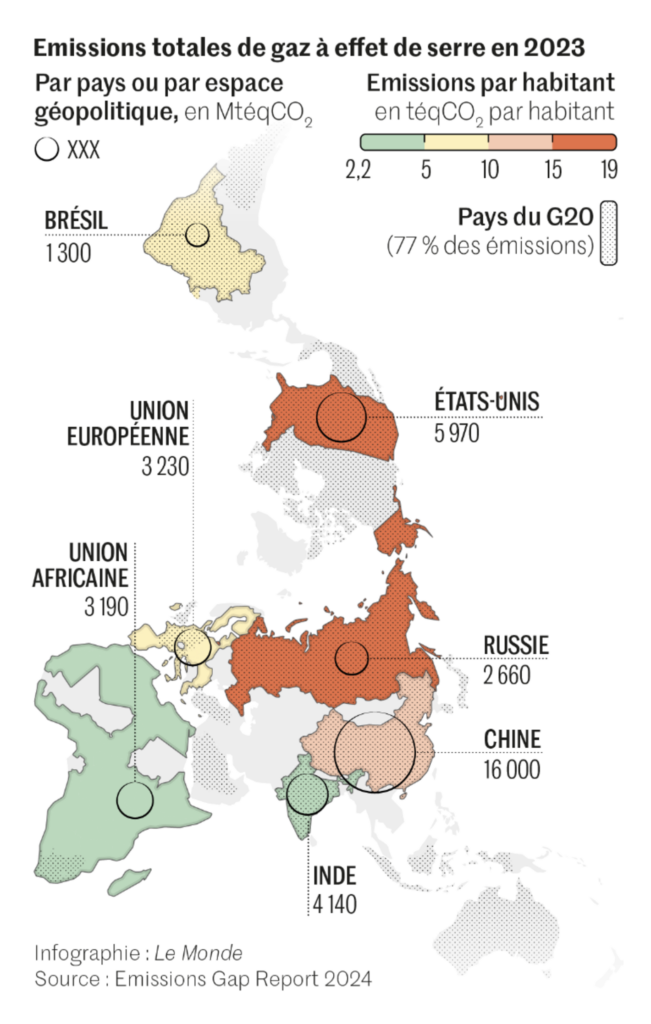
The U.S. election is just two weeks away. Millions of Americans have already cast their ballots in early voting, and the polls are pointing to a tight race at the end of an eventful campaign season:
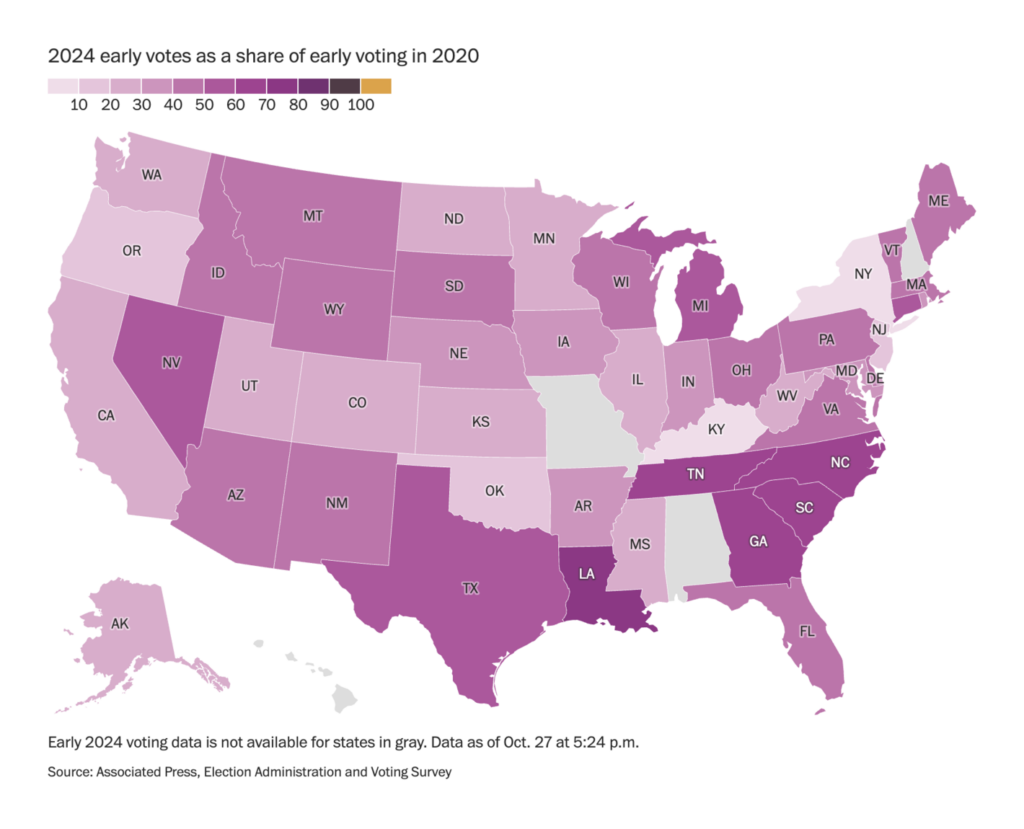
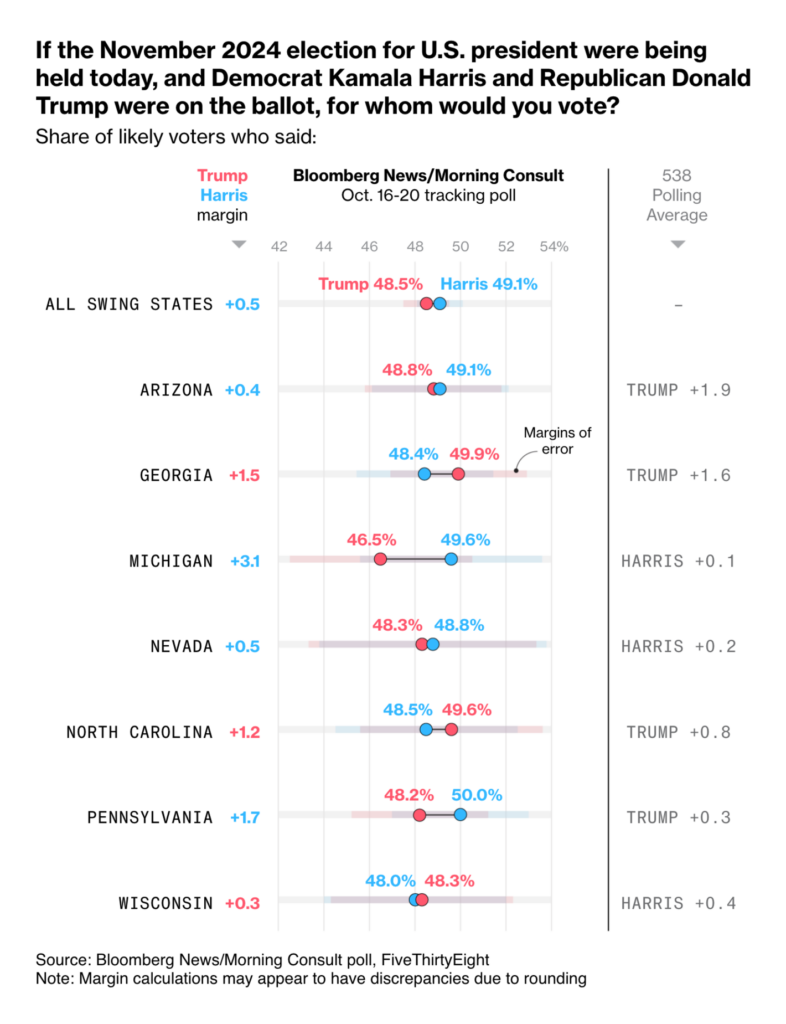
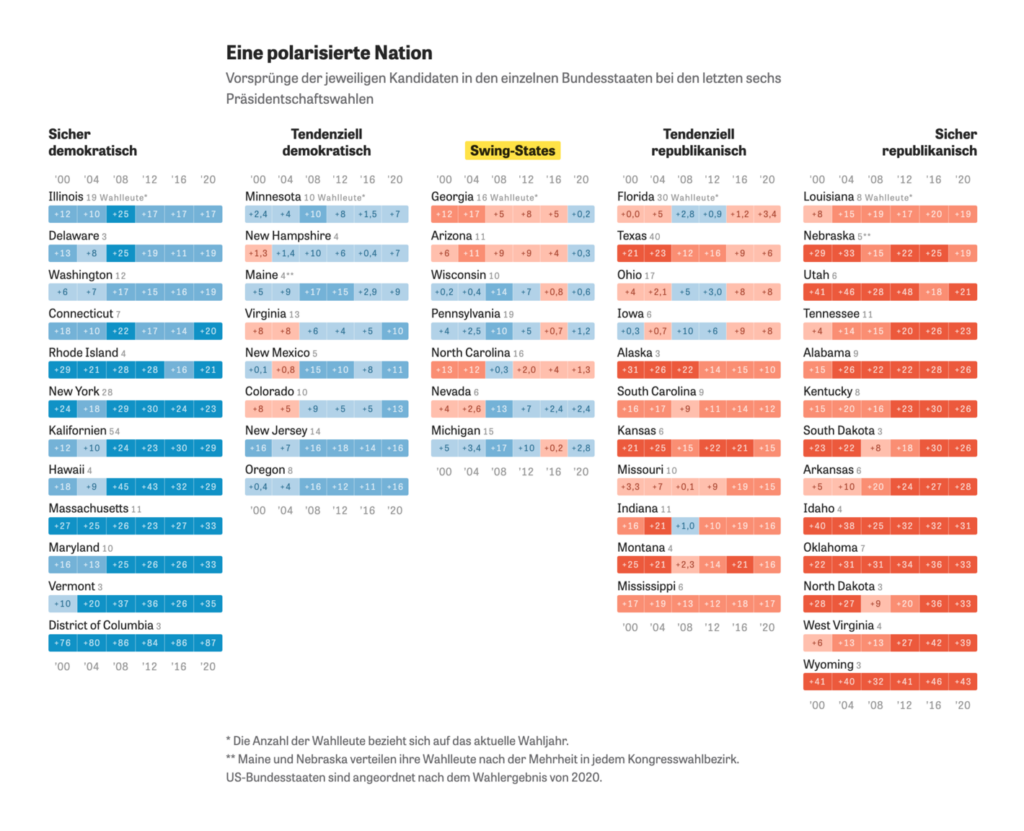
Looking at other indicators, the race seems less tight. Polymarket bettors are leaning towards a Trump victory, but the Harris agenda seems to be the clear favorite:
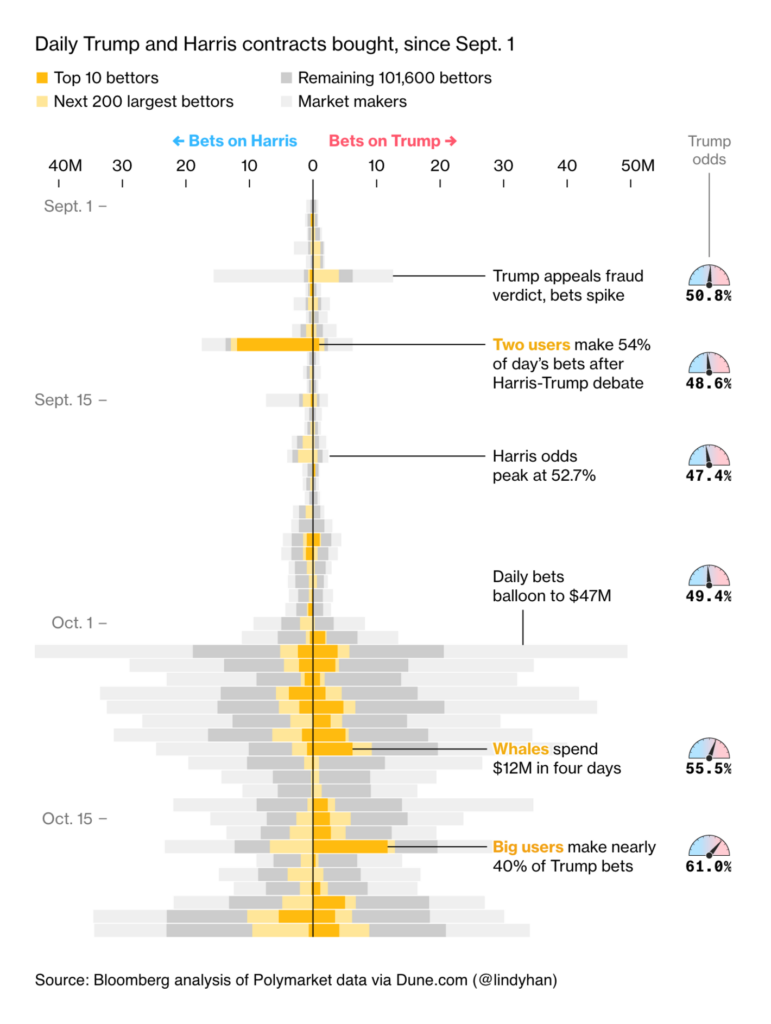
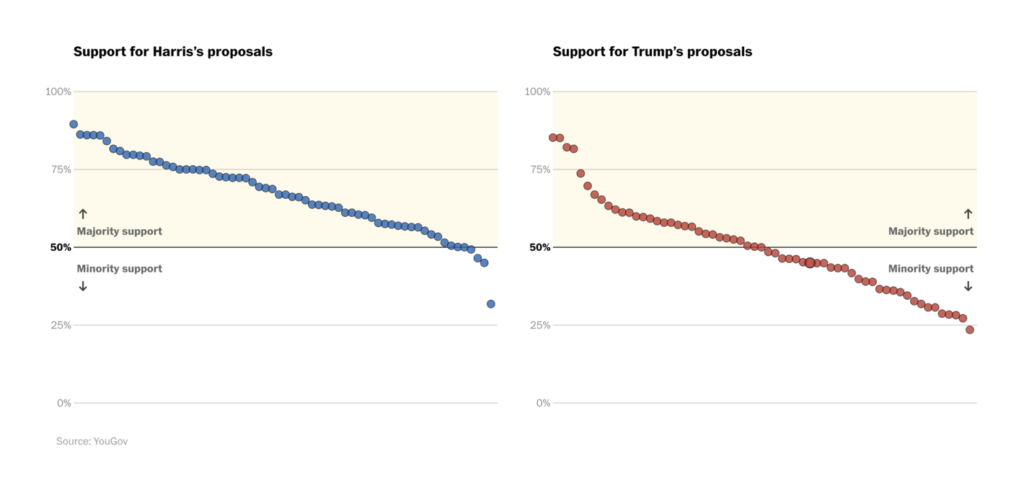
Personal economic value and abortion are other issues influencing the vote:
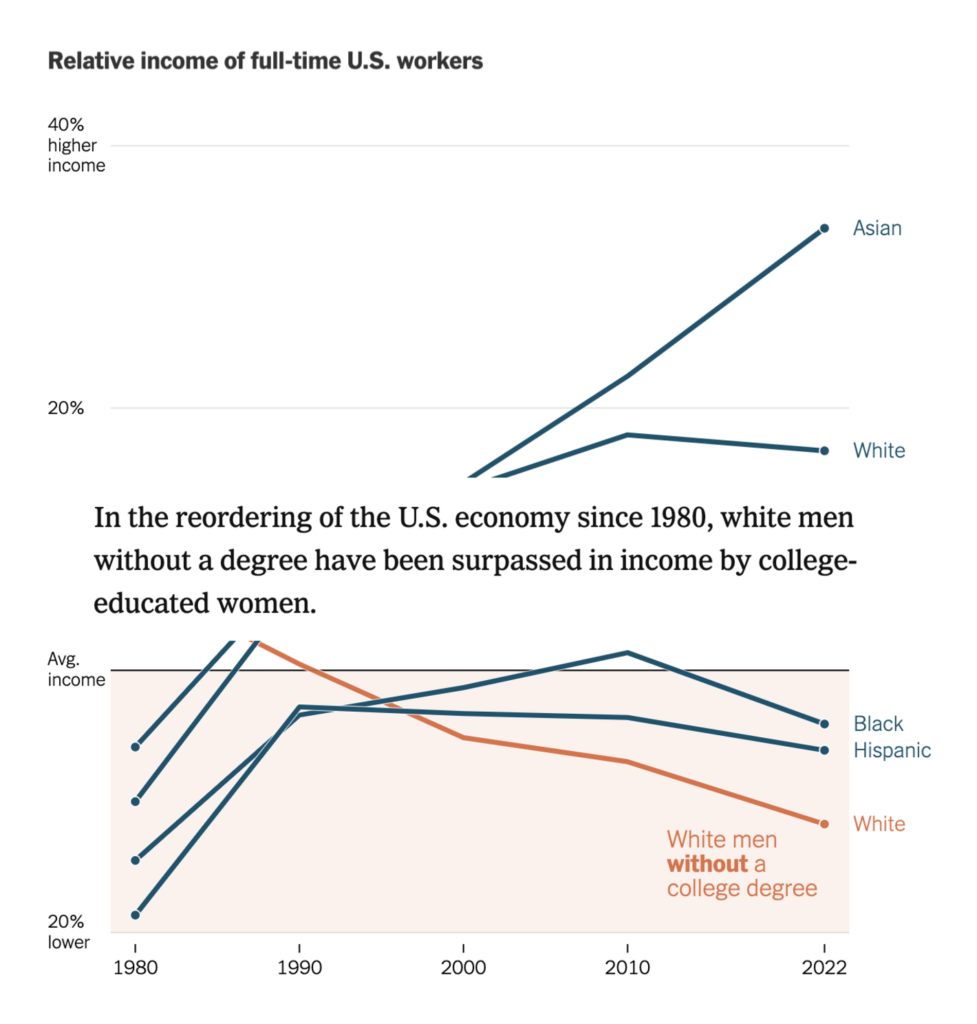
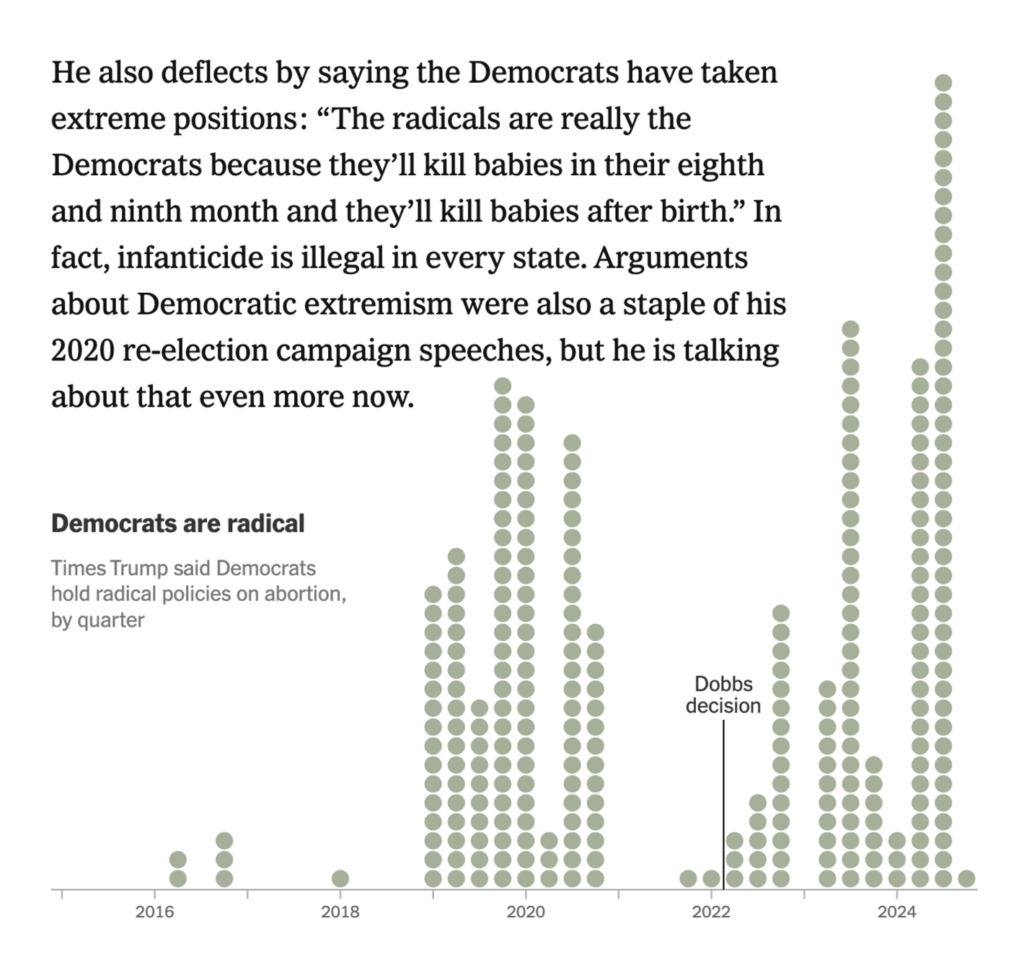
Various visualizations explore changes in voting behavior among demographic groups and how these changes could shape election results:
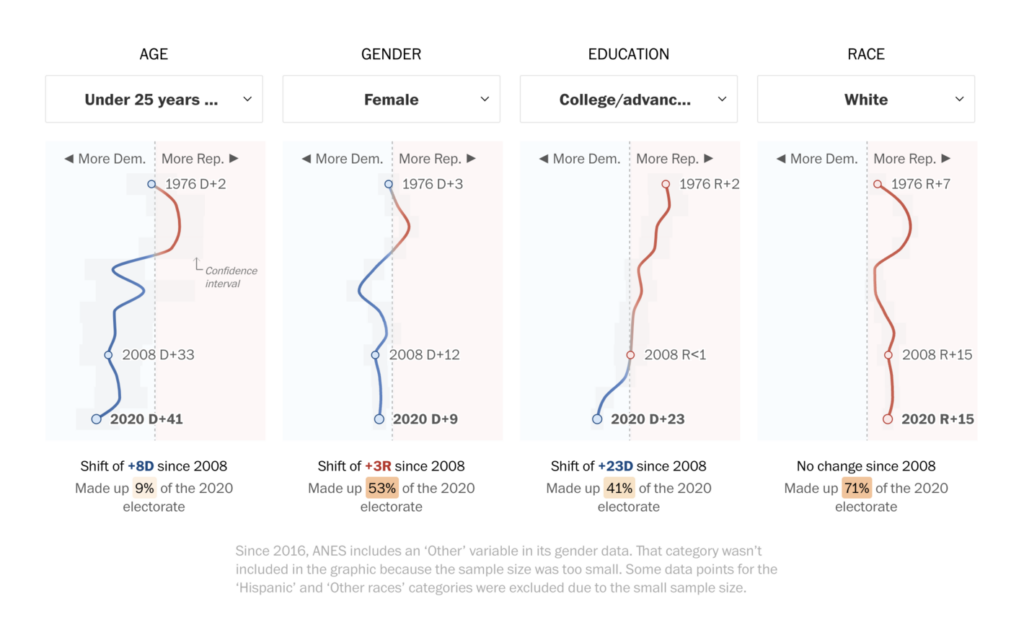
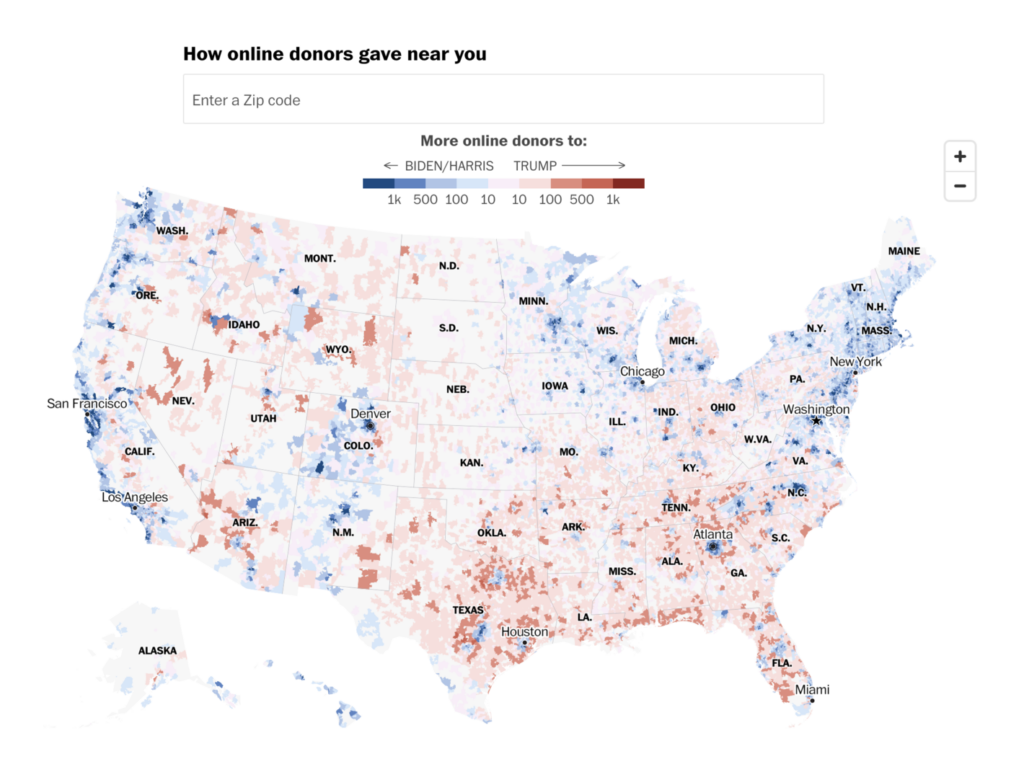
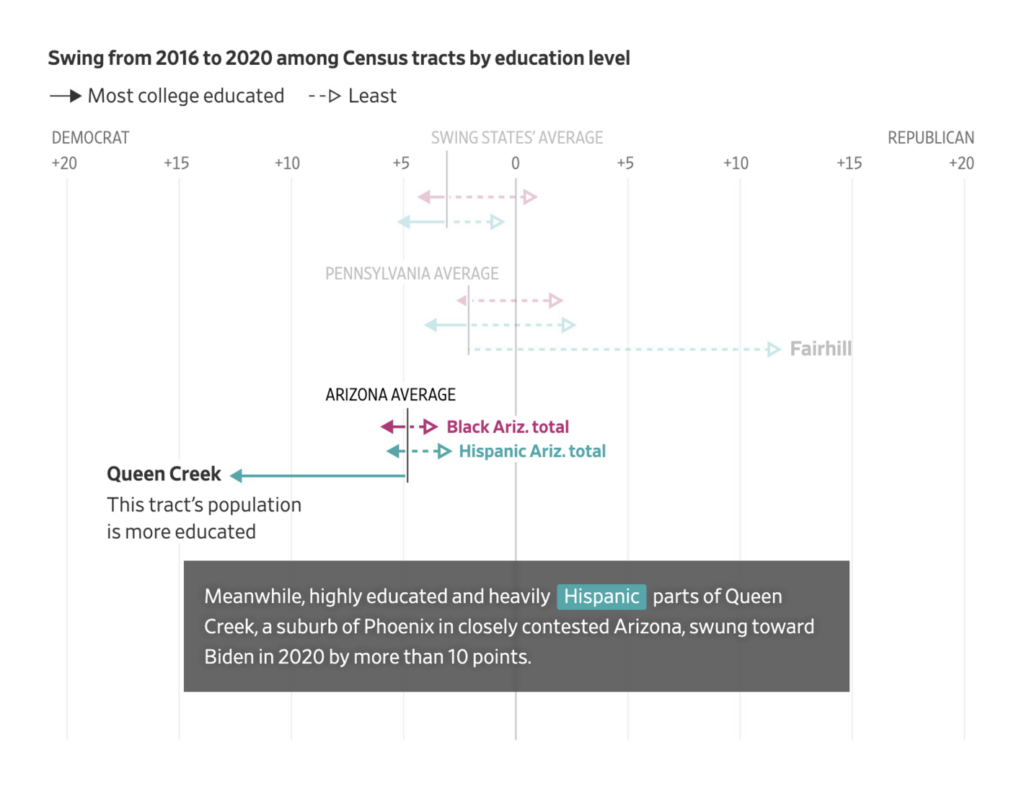
But as a personal visual story published in the Washington Post shows: Stereotypes are not always true:
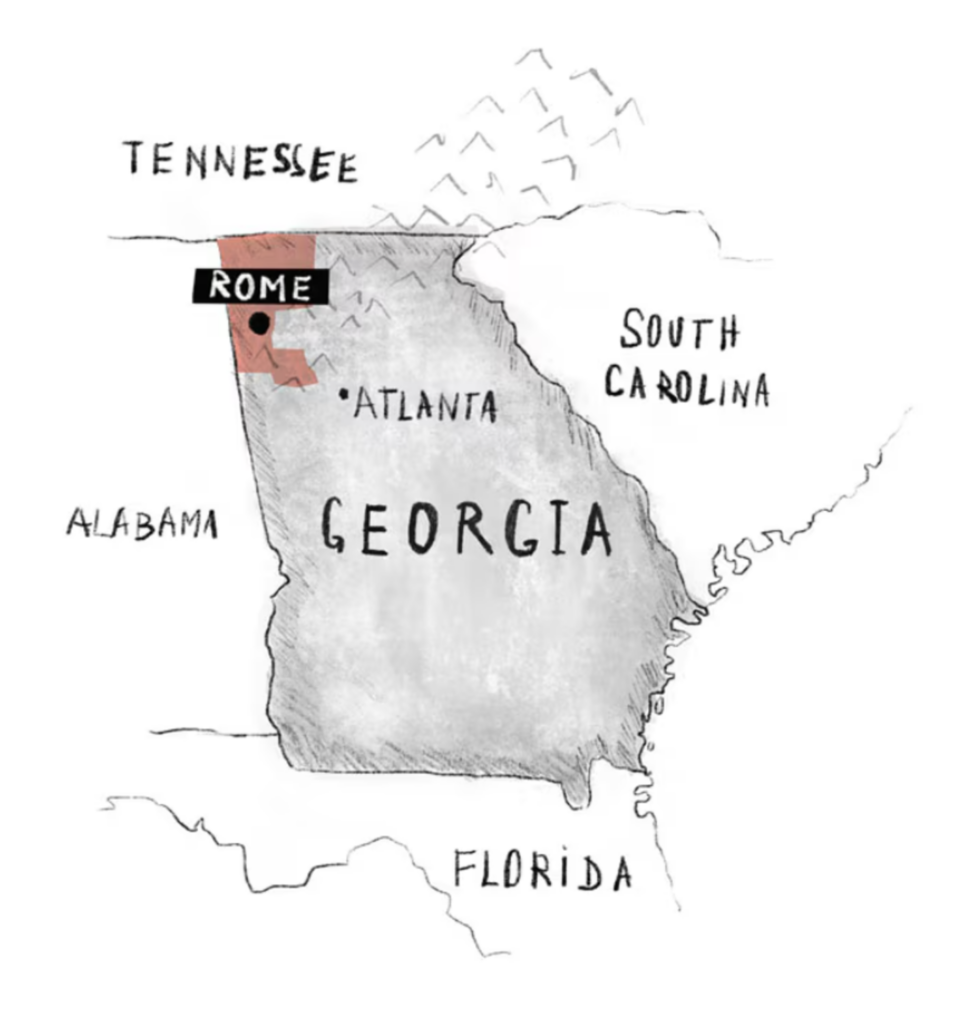
A prominent issue in this U.S. election is the rise of misinformation and conspiracy theories — particularly targeting immigrants and particularly promoted by Elon Musk:
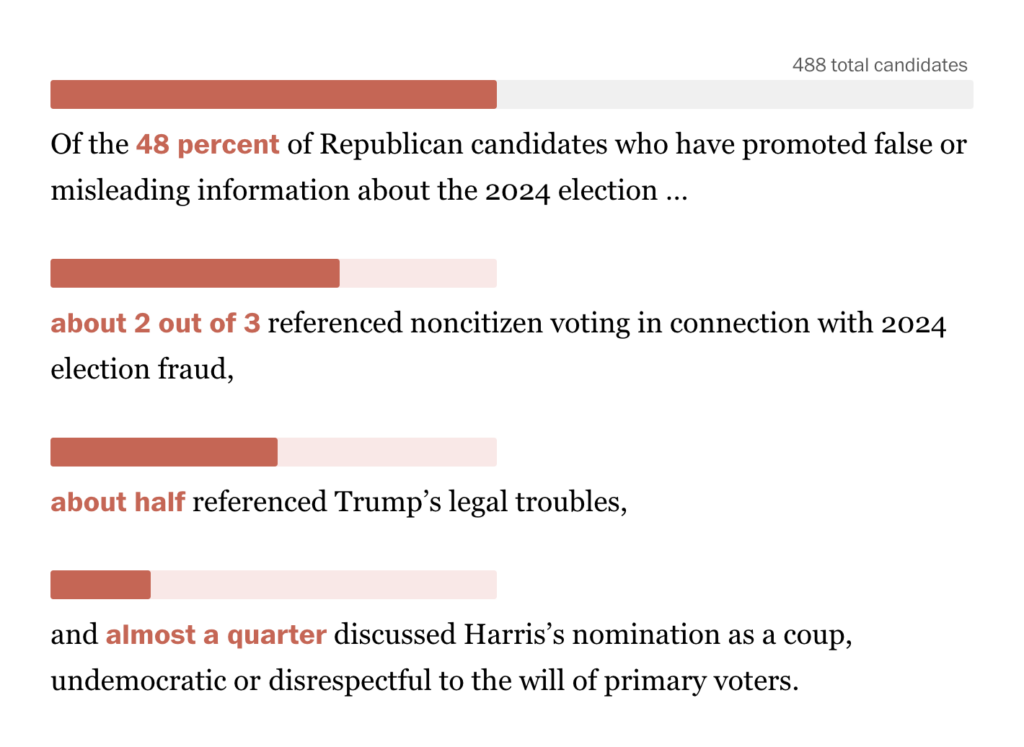
But the reality of migrating looks quite different:
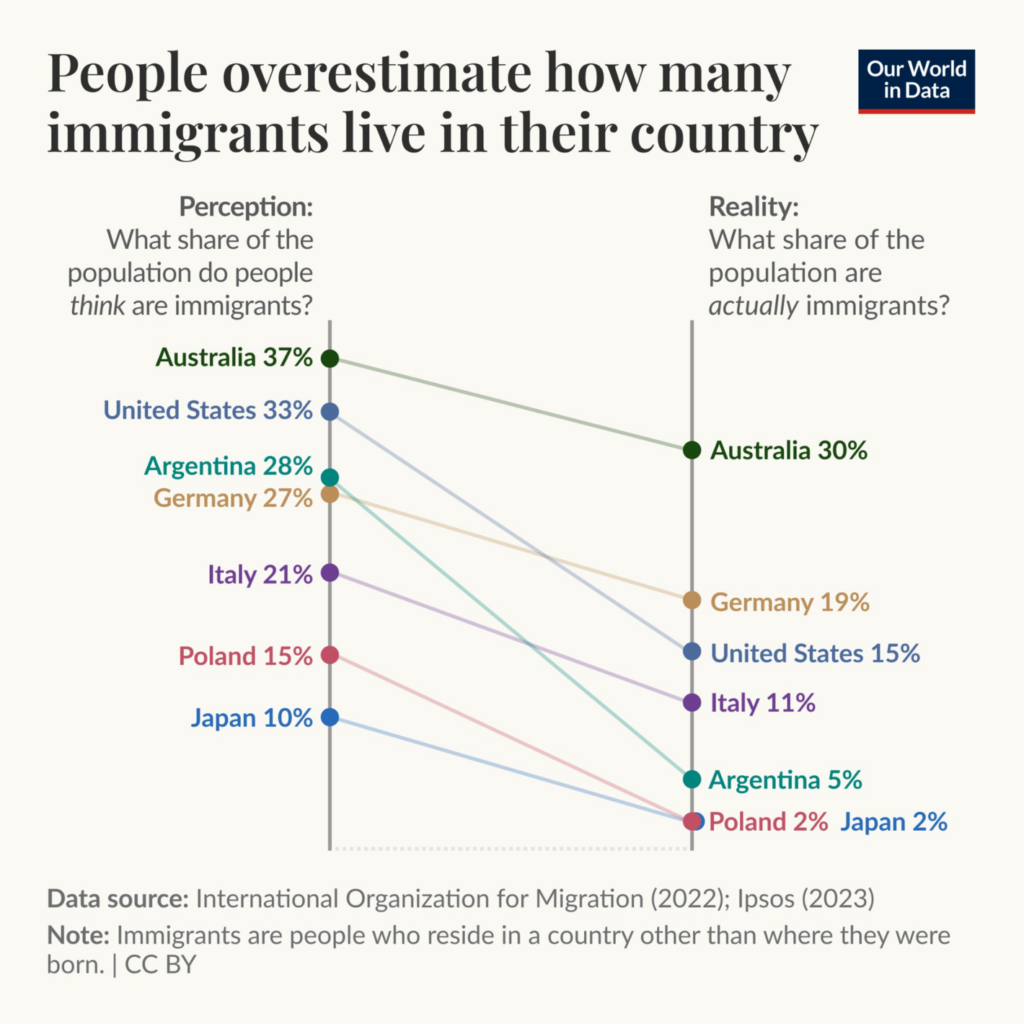
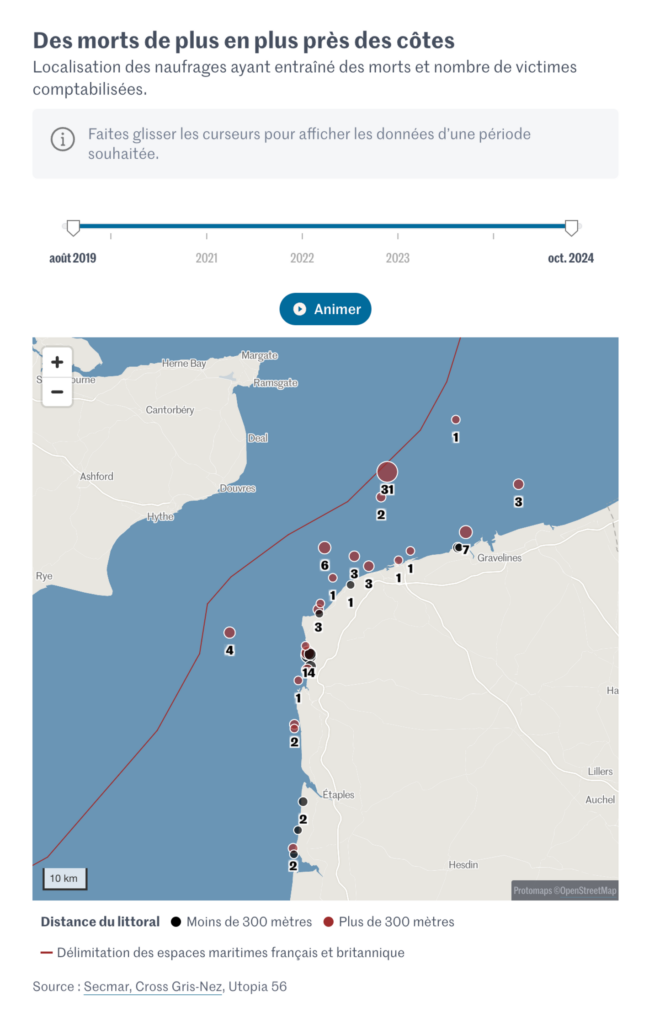
That’s it for U.S. elections (just kidding, there’s more in our “What else we found interesting” section). Now, onto other elections: Japan struggles with rural vote over-representation, while in Brazil, the MDB and PSD emerged this Sunday as the winners of the 2024 municipal elections:
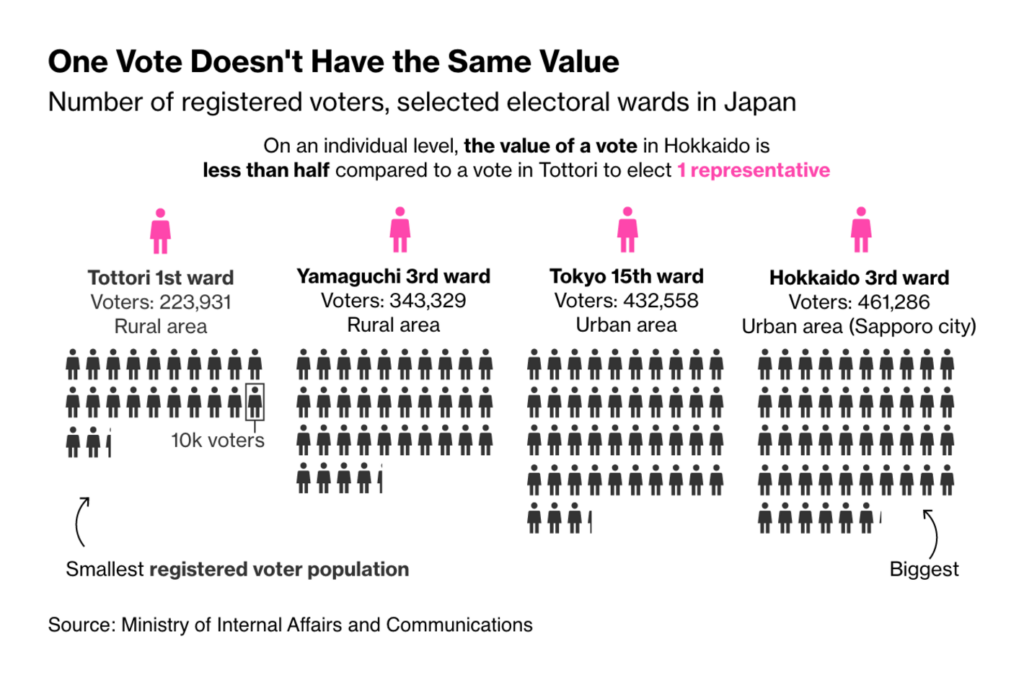
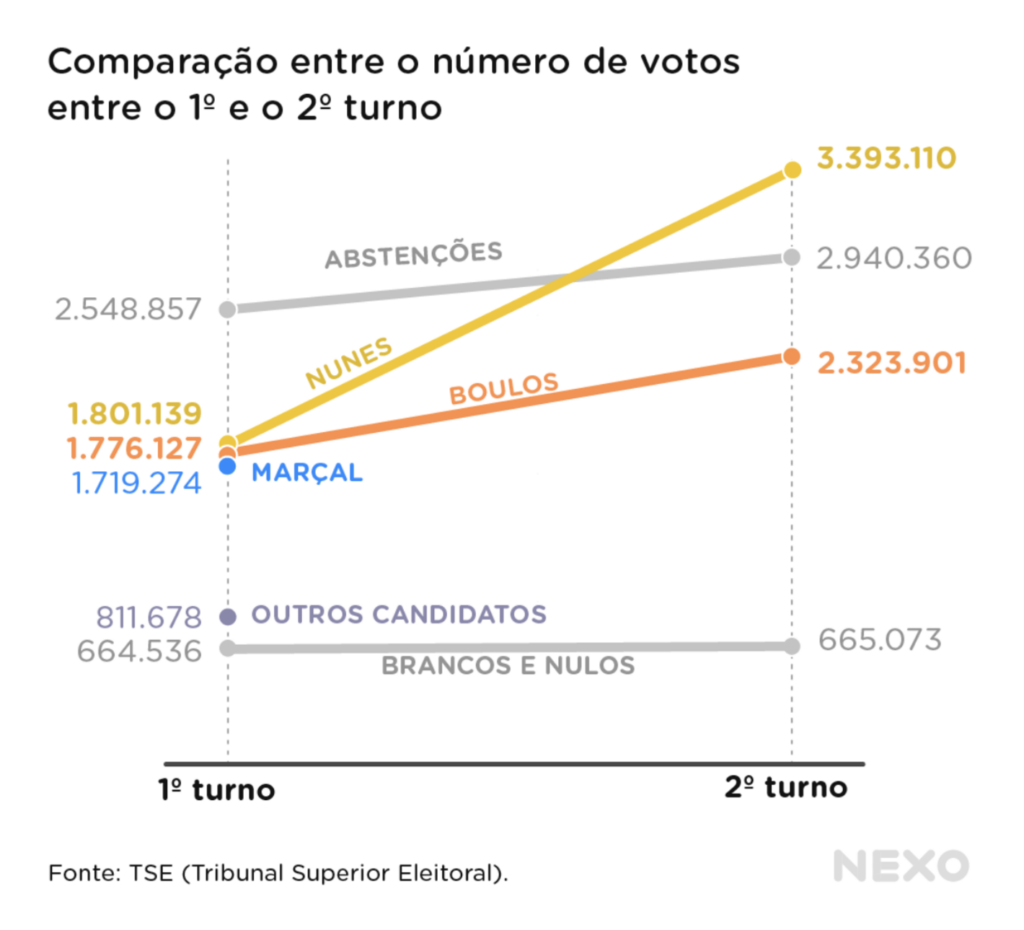
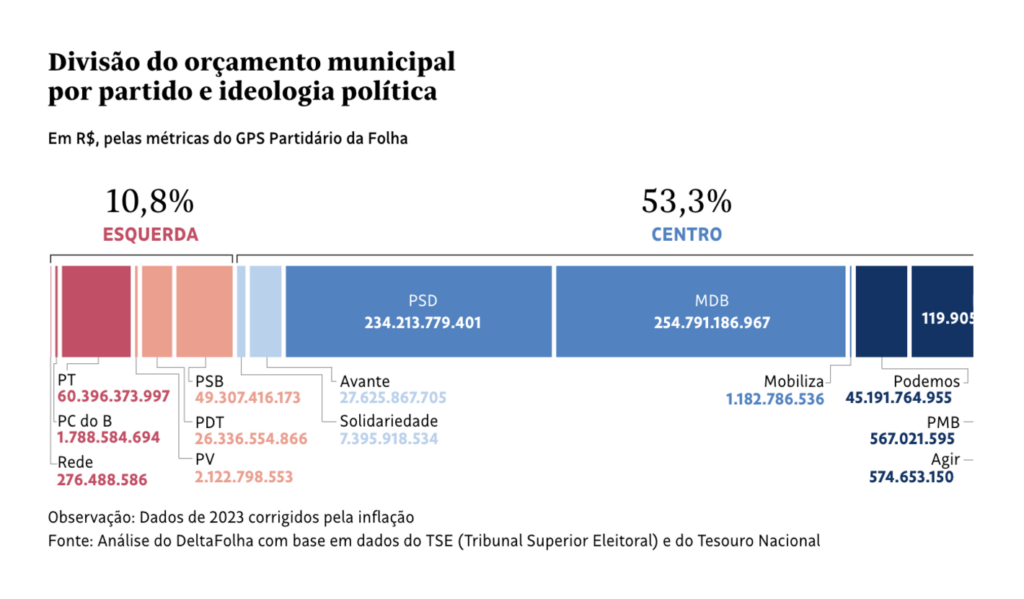
Making political promises and keeping them are two different things. In Mexico, the government is struggling with the challenge of cutting greenhouse gas emissions while advancing a new gas pipeline. Meanwhile, in South Korea, a ban on single-use products has yet to fully take effect.
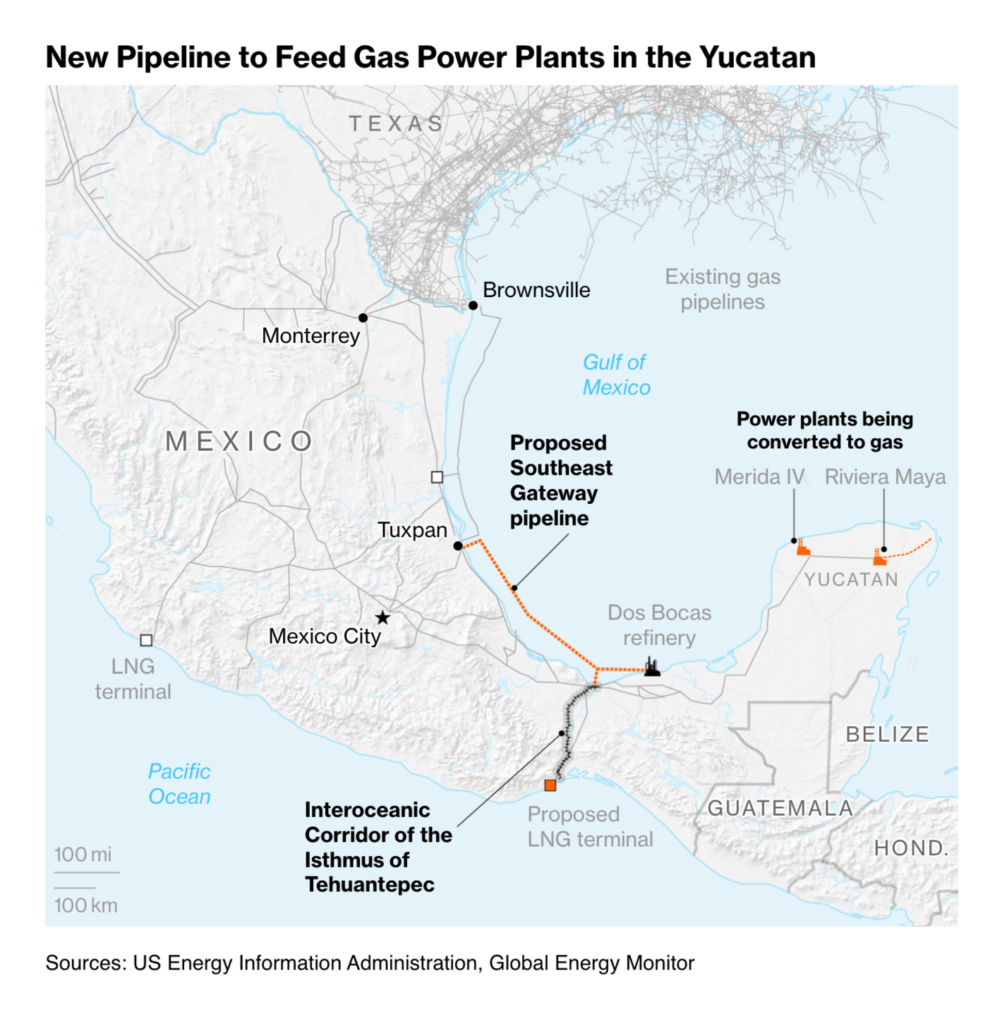
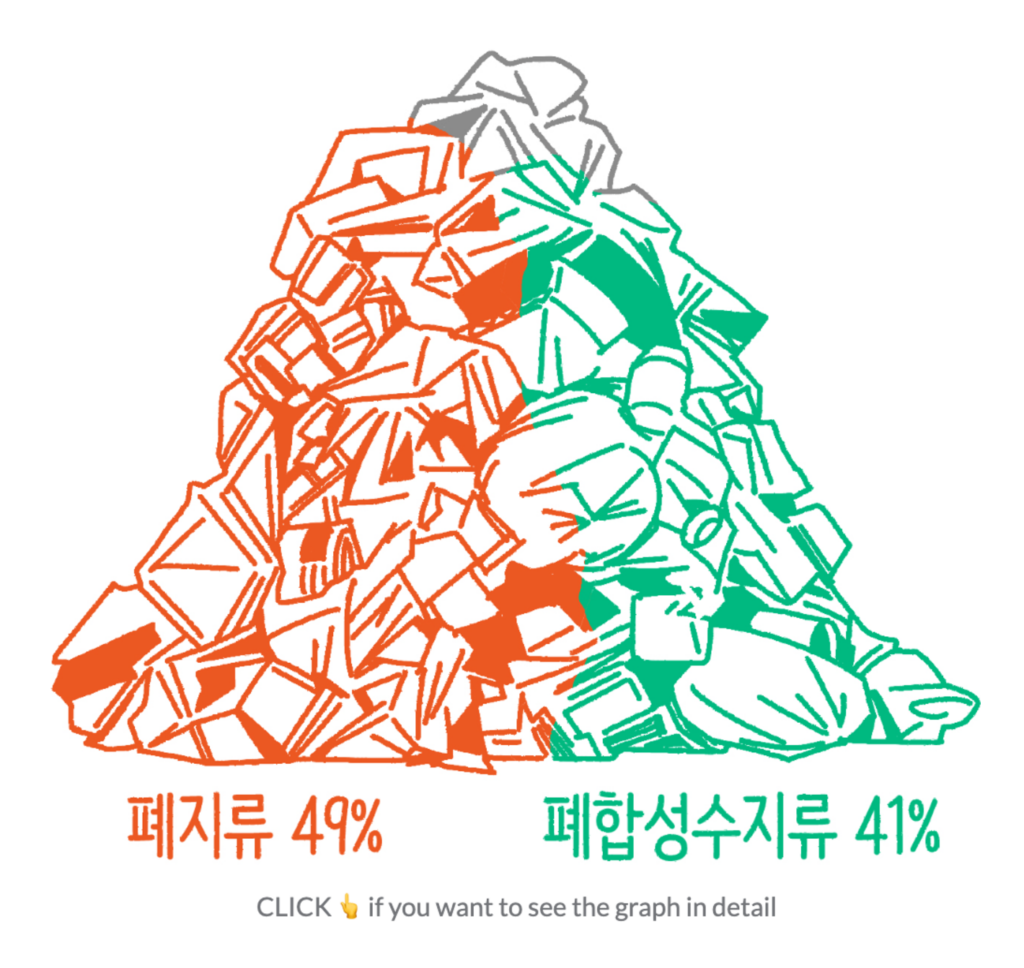
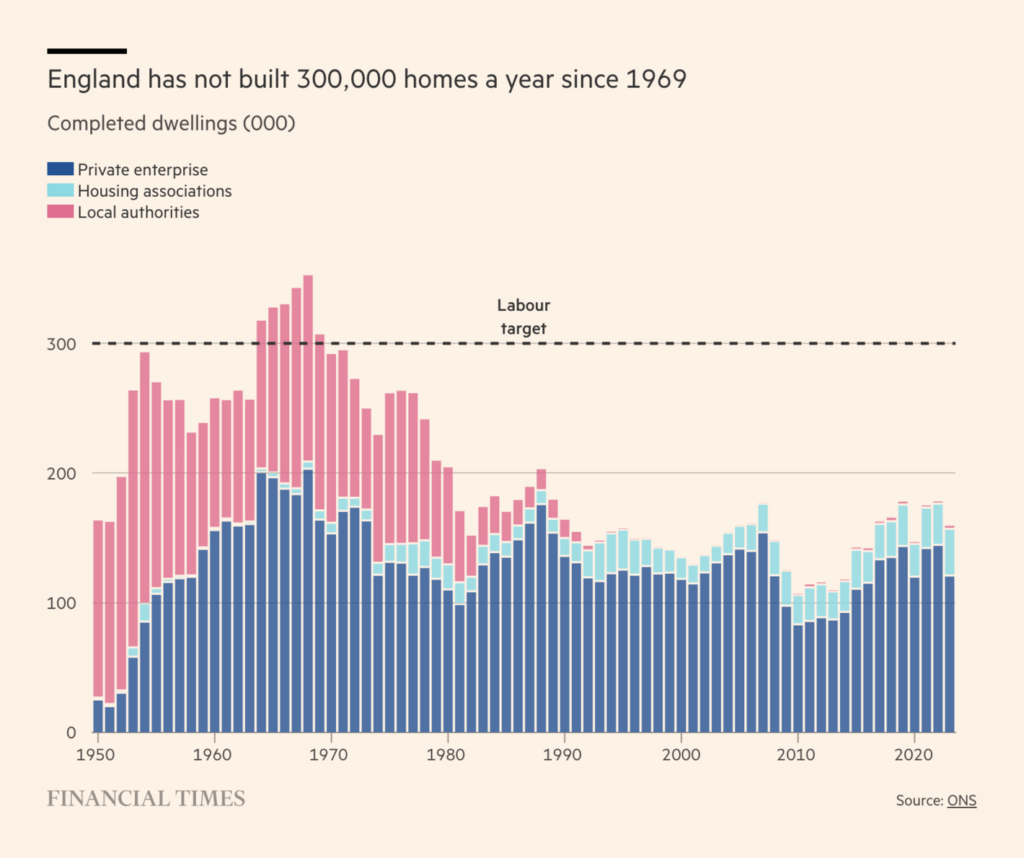
Off to climate, citizens in Germany are using their political power to push for more climate protection, carbon offset sales have fallen sharply in 2023, and a detailed report on why climate-related disasters have become more frequent this year:
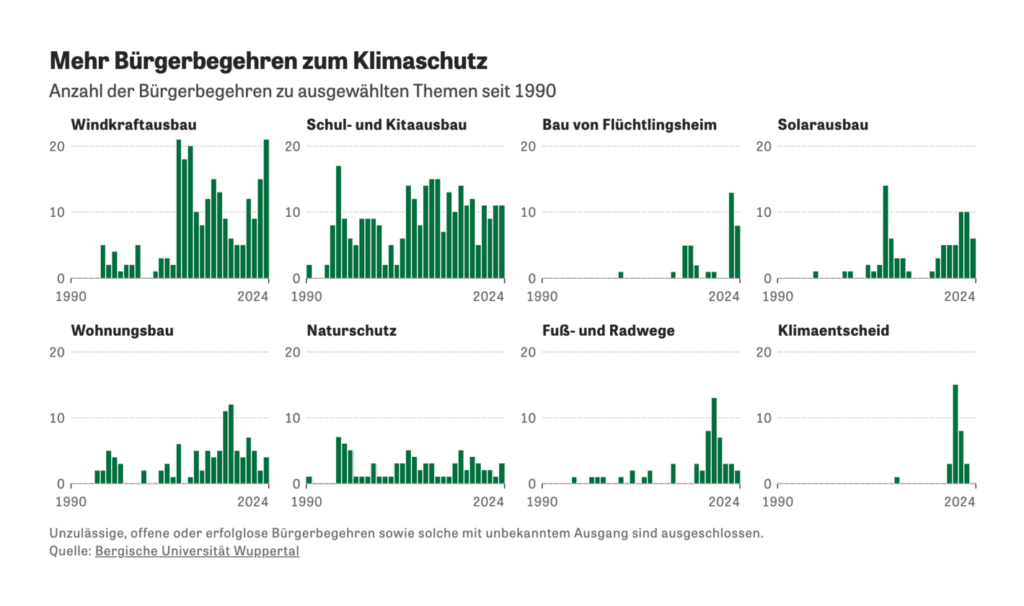
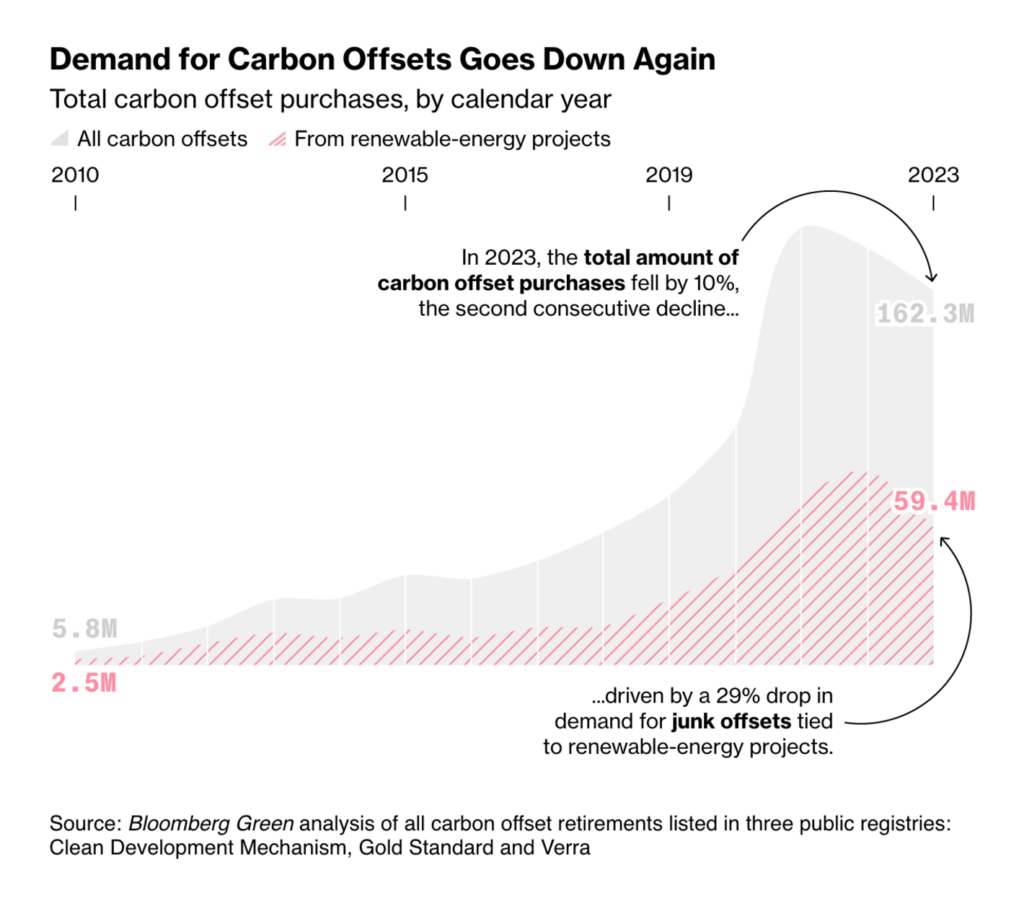
This week’s climate focus: This week’s focus: Water and drought:
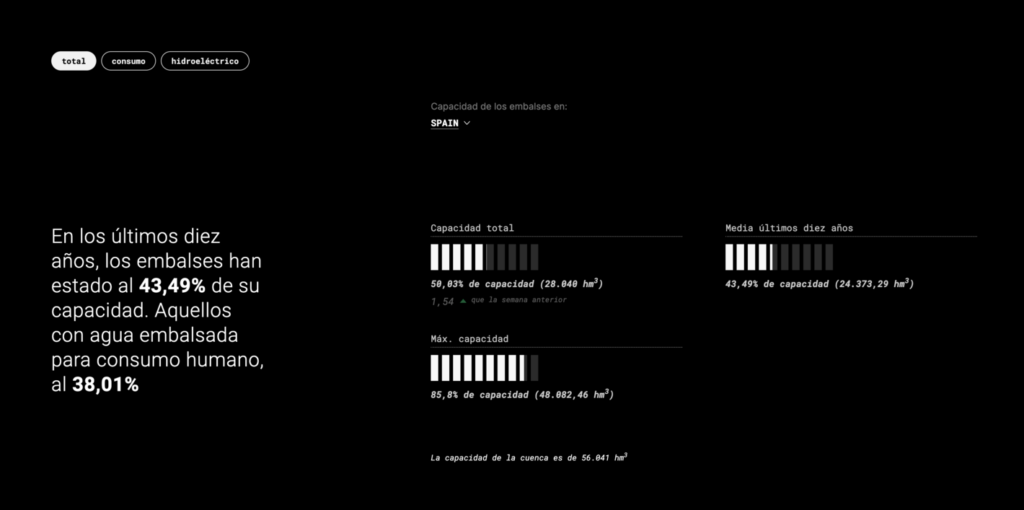
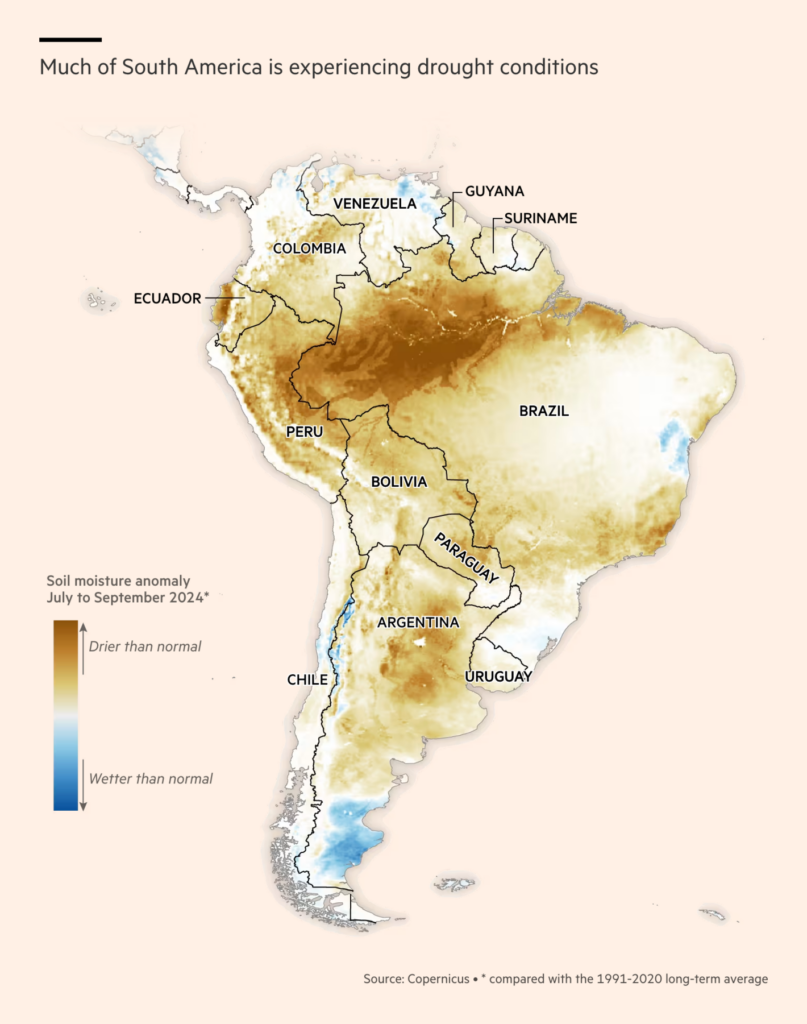
It’s getting intense in the sports world: The New York Yankees and Los Angeles Dodgers meet in the World Series on Friday for the first time since 1981. And in the NBA, it is becoming increasingly difficult to tell your team apart on the court:
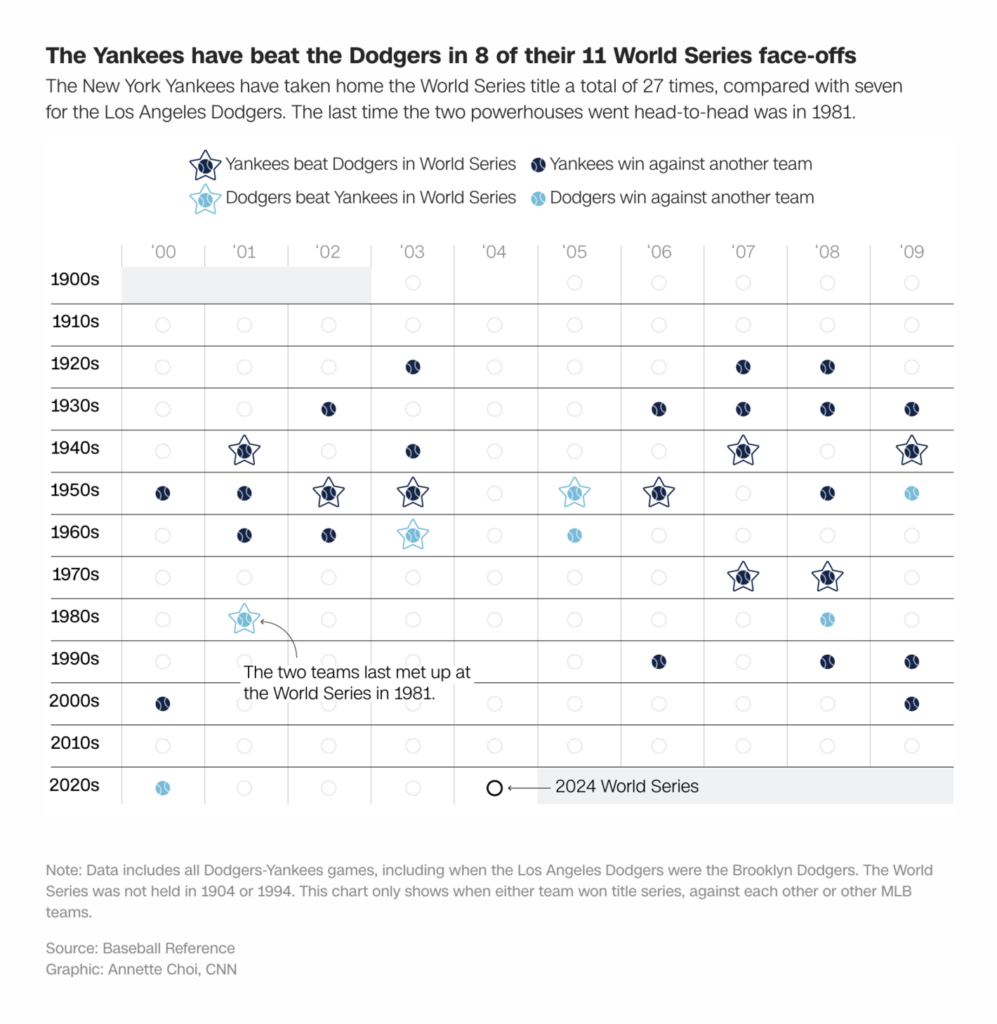
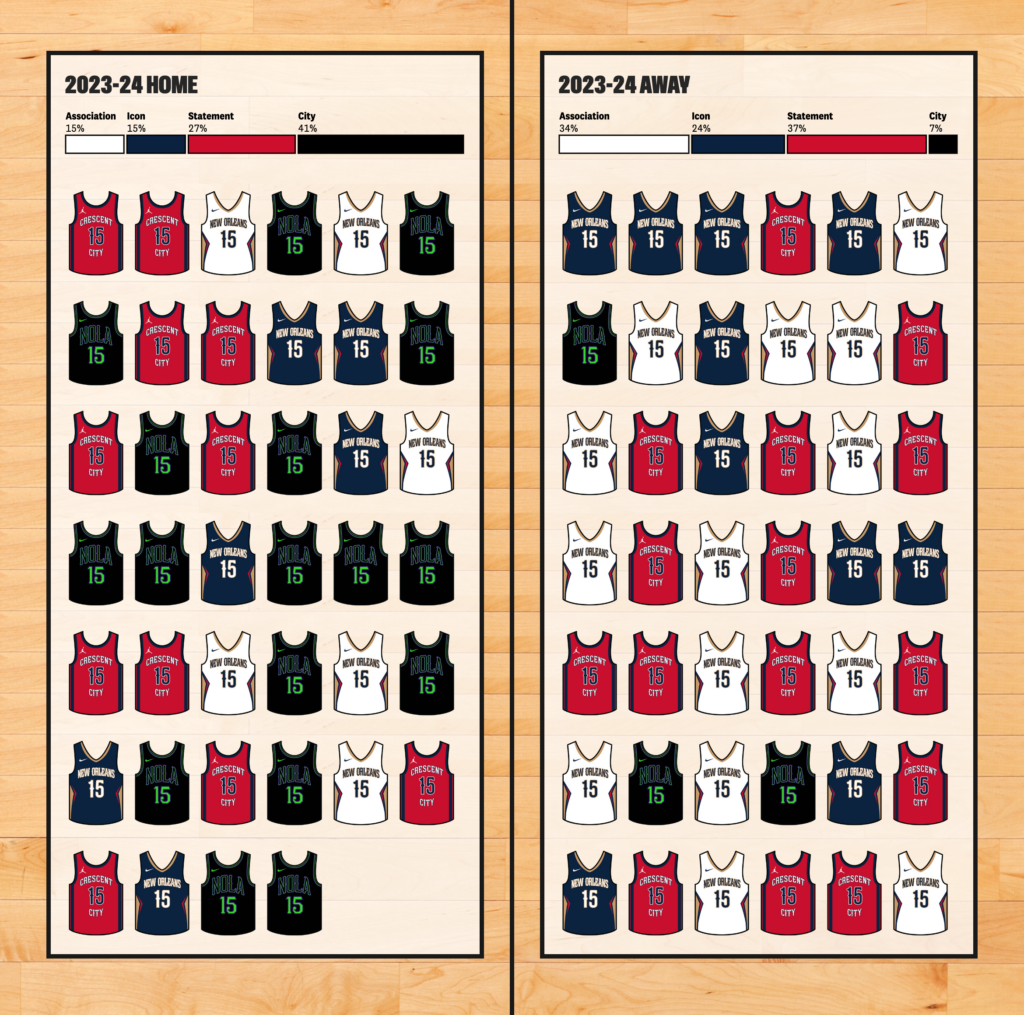
A snapshot of Latin America: the Argentine peso in circulation and a sinking population:
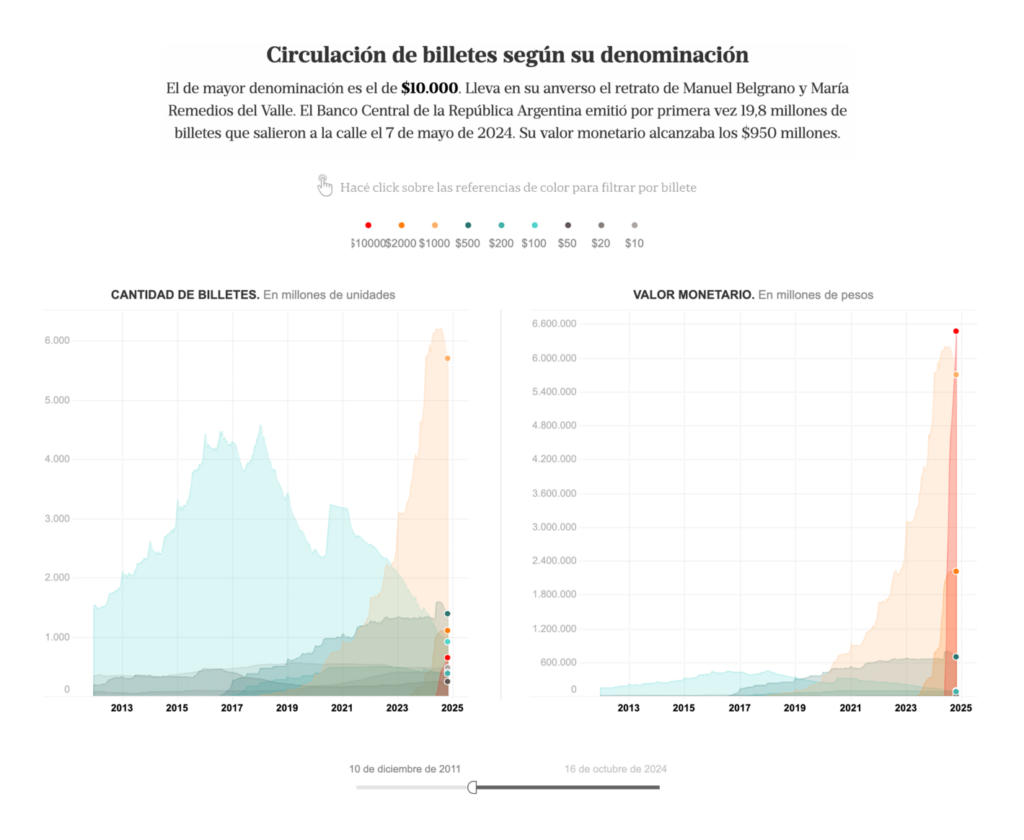
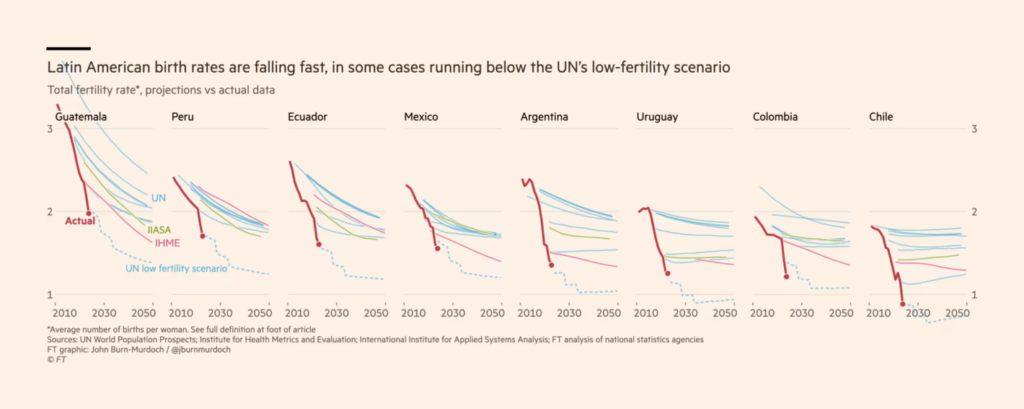
Let’s close this Dispatch with a reminder that war continues to rage in various parts of the world:
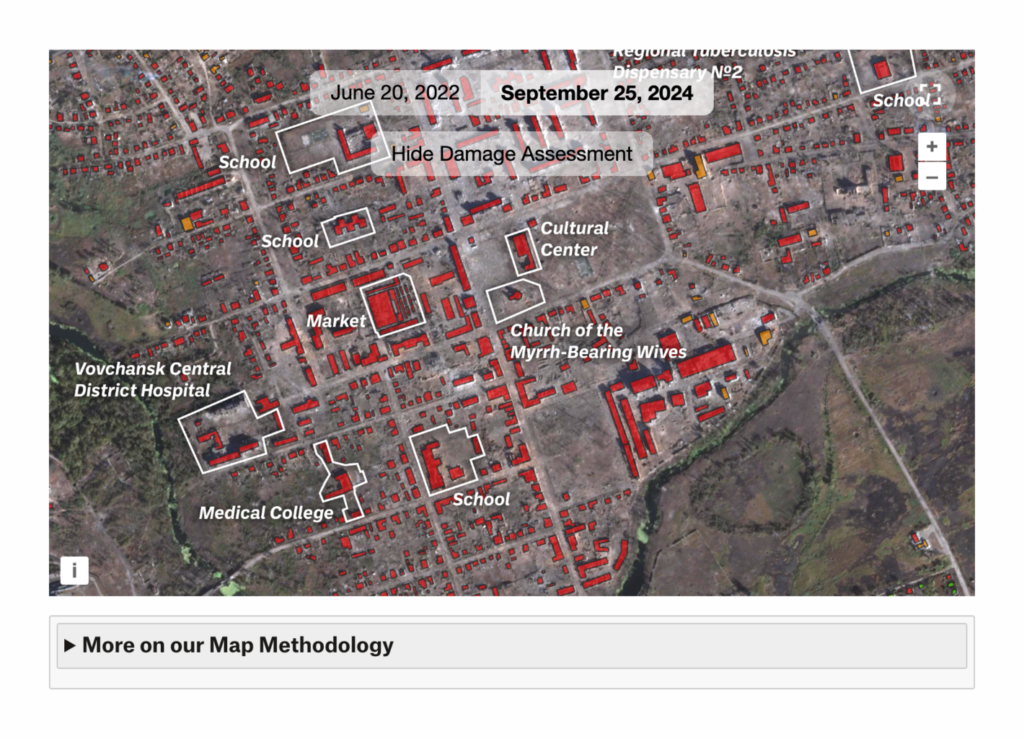
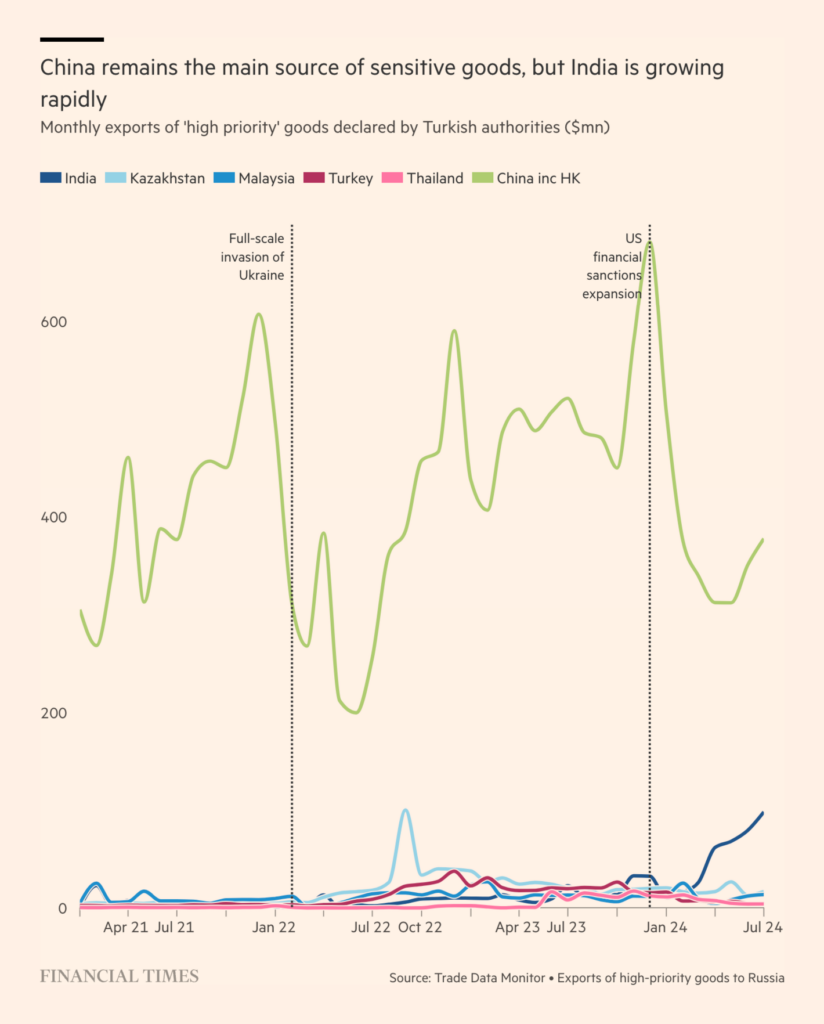
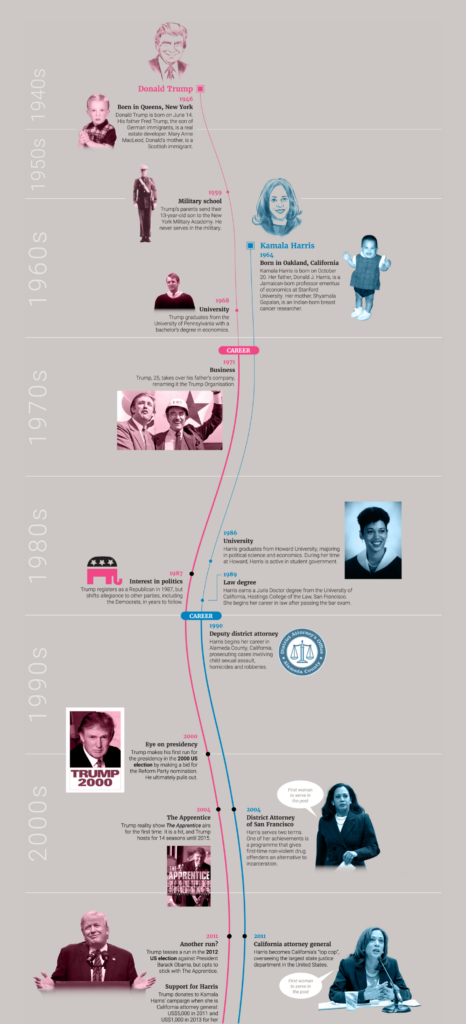
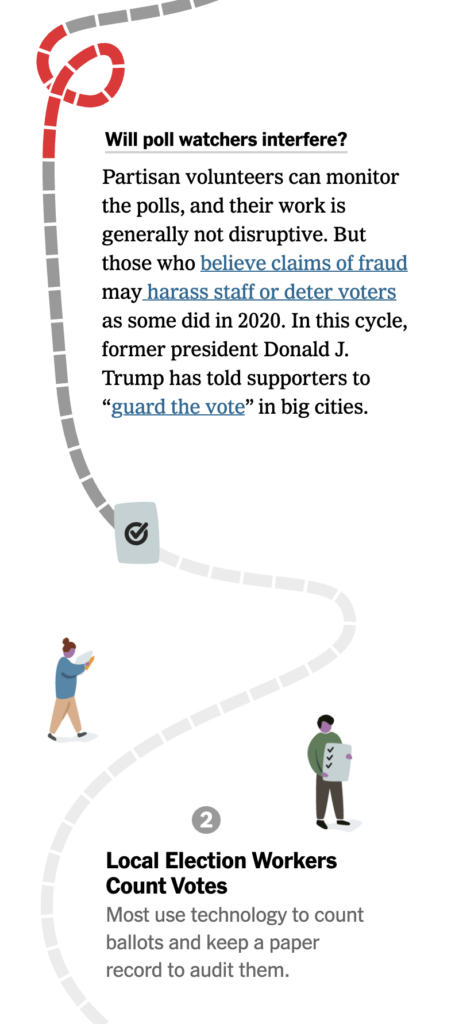

Applications are open for…
Help us make this dispatch better! We’d love to hear which newsletters, blogs, or social media accounts we need to follow to learn about interesting projects, especially from less-covered parts of the world (Asia, South America, Africa). Write us at hello@datawrapper.de or leave a comment below.
Want the Dispatch in your inbox every Tuesday? Sign up for our Blog Update newsletter!
Comments